Jingyue Zhang
In-context Learning for Automated Driving Scenarios
May 07, 2024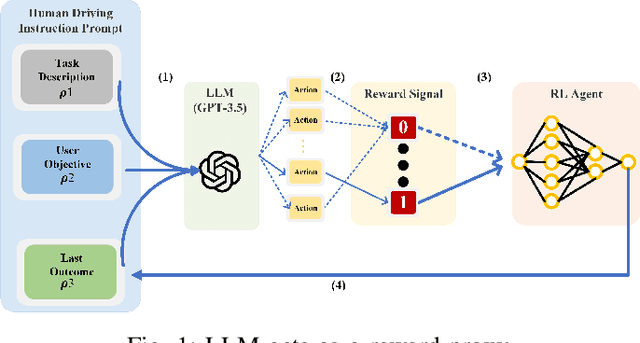
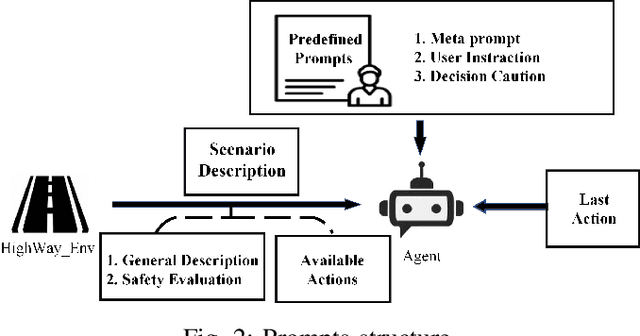
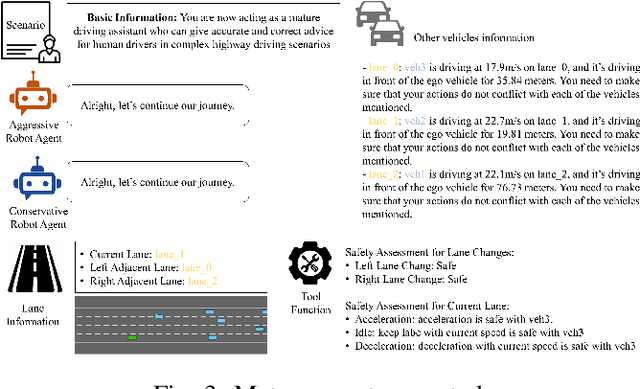

Abstract:One of the key challenges in current Reinforcement Learning (RL)-based Automated Driving (AD) agents is achieving flexible, precise, and human-like behavior cost-effectively. This paper introduces an innovative approach utilizing Large Language Models (LLMs) to intuitively and effectively optimize RL reward functions in a human-centric way. We developed a framework where instructions and dynamic environment descriptions are input into the LLM. The LLM then utilizes this information to assist in generating rewards, thereby steering the behavior of RL agents towards patterns that more closely resemble human driving. The experimental results demonstrate that this approach not only makes RL agents more anthropomorphic but also reaches better performance. Additionally, various strategies for reward-proxy and reward-shaping are investigated, revealing the significant impact of prompt design on shaping an AD vehicle's behavior. These findings offer a promising direction for the development of more advanced and human-like automated driving systems. Our experimental data and source code can be found here.
Self adaptive global-local feature enhancement for radiology report generation
Nov 21, 2022



Abstract:Automated radiology report generation aims at automatically generating a detailed description of medical images, which can greatly alleviate the workload of radiologists and provide better medical services to remote areas. Most existing works pay attention to the holistic impression of medical images, failing to utilize important anatomy information. However, in actual clinical practice, radiologists usually locate important anatomical structures, and then look for signs of abnormalities in certain structures and reason the underlying disease. In this paper, we propose a novel framework AGFNet to dynamically fuse the global and anatomy region feature to generate multi-grained radiology report. Firstly, we extract important anatomy region features and global features of input Chest X-ray (CXR). Then, with the region features and the global features as input, our proposed self-adaptive fusion gate module could dynamically fuse multi-granularity information. Finally, the captioning generator generates the radiology reports through multi-granularity features. Experiment results illustrate that our model achieved the state-of-the-art performance on two benchmark datasets including the IU X-Ray and MIMIC-CXR. Further analyses also prove that our model is able to leverage the multi-grained information from radiology images and texts so as to help generate more accurate reports.
Clustering Activity-Travel Behavior Time Series using Topological Data Analysis
Jul 17, 2019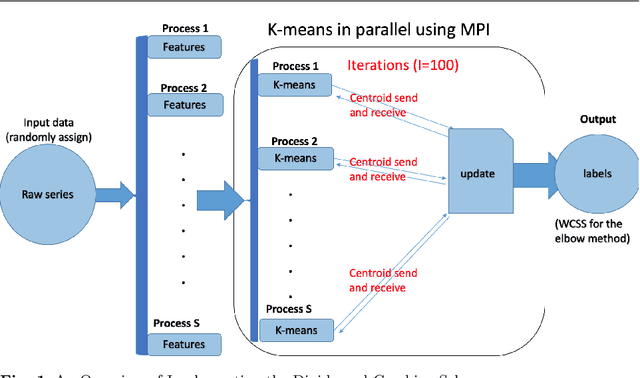

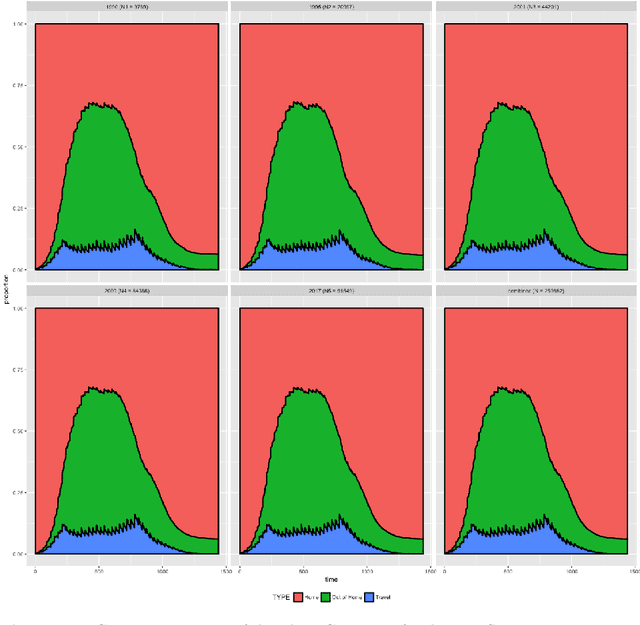
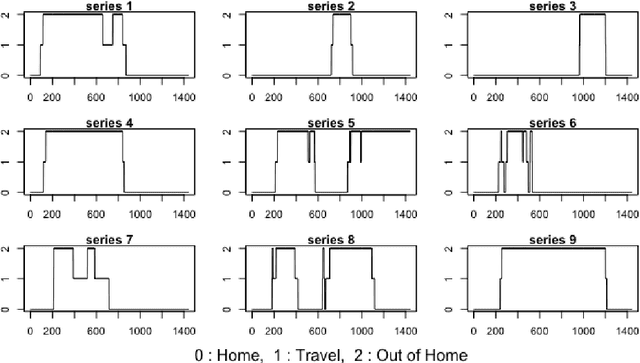
Abstract:Over the last few years, traffic data has been exploding and the transportation discipline has entered the era of big data. It brings out new opportunities for doing data-driven analysis, but it also challenges traditional analytic methods. This paper proposes a new Divide and Combine based approach to do K means clustering on activity-travel behavior time series using features that are derived using tools in Time Series Analysis and Topological Data Analysis. Clustering data from five waves of the National Household Travel Survey ranging from 1990 to 2017 suggests that activity-travel patterns of individuals over the last three decades can be grouped into three clusters. Results also provide evidence in support of recent claims about differences in activity-travel patterns of different survey cohorts. The proposed method is generally applicable and is not limited only to activity-travel behavior analysis in transportation studies. Driving behavior, travel mode choice, household vehicle ownership, when being characterized as categorical time series, can all be analyzed using the proposed method.
 Add to Chrome
Add to Chrome Add to Firefox
Add to Firefox Add to Edge
Add to Edge